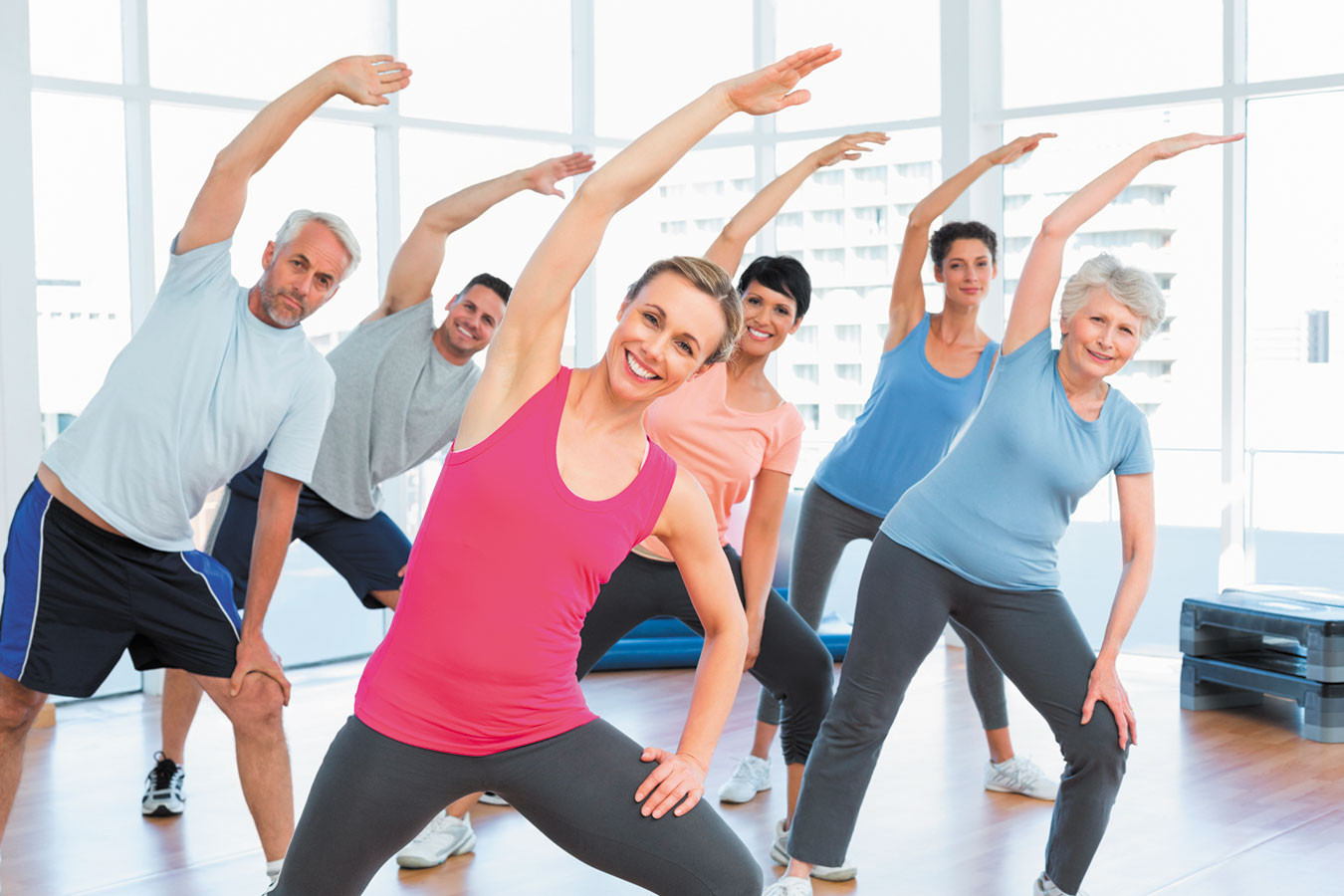Physical activity is a key ingredient in the recipe for healthy aging, and for seniors covered by Medicare, staying active becomes not just a choice but a crucial aspect of overall well-being. In this guide, we’ll explore the importance of exercise for seniors, share insights into the benefits of staying active, and provide practical exercise tips tailored to those navigating their Medicare journey.
1. The Importance of Exercise for Senior Health
- Maintaining Mobility:
- Explore how regular exercise helps seniors maintain flexibility and mobility, reducing the risk of falls and enhancing independence in daily activities.
- Boosting Mental Well-Being:
- Discuss the connection between physical activity and mental health, highlighting the role of exercise in reducing stress, improving mood, and enhancing cognitive function.
- Strengthening the Immune System:
- Address the immune-boosting benefits of regular exercise, emphasizing its role in supporting overall health and resilience, particularly important for seniors.
2. Medicare-Covered Exercise Programs
- SilverSneakers Program:
- Highlight the SilverSneakers program, a fitness benefit often included in Medicare Advantage plans. Discuss the variety of classes offered and the accessibility of participating locations.
- Medicare-Covered Fitness Services:
- Explore fitness services covered by Medicare, including preventive and rehabilitative exercise programs. Discuss eligibility and how seniors can leverage these services.
3. Types of Exercise Suitable for Seniors
- Aerobic Exercises:
- Provide examples of low-impact aerobic exercises suitable for seniors, such as walking, swimming, or cycling. Emphasize the cardiovascular benefits of these activities.
- Strength Training:
- Discuss the importance of strength training for maintaining muscle mass and bone density. Offer tips for incorporating resistance exercises using body weight, resistance bands, or light weights.
- Flexibility and Stretching:
- Emphasize the significance of flexibility exercises in preventing injury and improving range of motion. Share gentle stretching routines that seniors can incorporate into their daily routine.
- Balance and Stability Exercises:
- Address the importance of balance and stability exercises, especially for fall prevention. Provide examples of exercises that enhance balance, such as tai chi or specific yoga poses.
4. Exercise Tips for Seniors: Navigating Challenges
- Start Slow and Progress Gradually:
- Encourage seniors to start with low-intensity exercises and gradually increase intensity. Emphasize the importance of listening to their bodies and avoiding overexertion.
- Incorporate Variety:
- Highlight the benefits of incorporating a variety of exercises to engage different muscle groups and prevent monotony. This can include a mix of aerobic, strength, flexibility, and balance exercises.
- Adaptations for Health Conditions:
- Provide guidance on adapting exercises for common health conditions, such as arthritis or heart conditions. Encourage consultation with healthcare providers to ensure safe and tailored exercise routines.
5. Making Exercise Enjoyable and Social
- Group Activities:
- Discuss the social benefits of group activities, such as group fitness classes or walking clubs. Highlight how the social aspect enhances motivation and enjoyment.
- Outdoor Activities:
- Explore the benefits of outdoor activities, including exposure to natural light and fresh air. Provide suggestions for outdoor exercises, such as walking in a local park or practicing yoga in the garden.
6. Staying Hydrated and Mindful During Exercise
- Hydration Tips:
- Emphasize the importance of staying hydrated before, during, and after exercise, particularly for seniors. Discuss how proper hydration supports overall health and performance.
- Mindful Movement:
- Introduce the concept of mindful movement during exercise, encouraging seniors to focus on the sensations in their bodies and practice present-moment awareness.
Conclusion: Embracing a Lifetime of Movement
Staying active with Medicare isn’t just about exercise; it’s about embracing a lifestyle of movement that enhances every facet of senior health. By incorporating a mix of aerobic, strength, flexibility, and balance exercises, seniors can unlock the numerous physical and mental benefits of staying active. Whether through Medicare-covered programs like SilverSneakers or personalized exercise routines, the journey to a healthier, more active life is one that brings joy, vitality, and a renewed sense of well-being. So, let’s move together, thrive together, and celebrate the vitality that comes from embracing a lifetime of movement.



